10 Crucial Factors That Determine a Coin’s Value in Collecting
When it comes to collecting coins, several key factors influence their value. Rarity is one of the most important elements, as coins that are hard to find often hold a higher price. The condition of a coin also plays a significant role; coins in excellent condition are generally worth more. Historical significance adds another layer of value, especially when a coin is linked to a noteworthy event or person. The origin and mint mark of a coin can also affect its desirability among collectors. Demand in the market, driven by trends and collector interest, can cause the value of a coin to rise or fall. Understanding these factors can help collectors make informed decisions and build valuable collections.
This post may contain affiliate links, which helps keep this content free. Please read our disclosure for more info.
Rarity
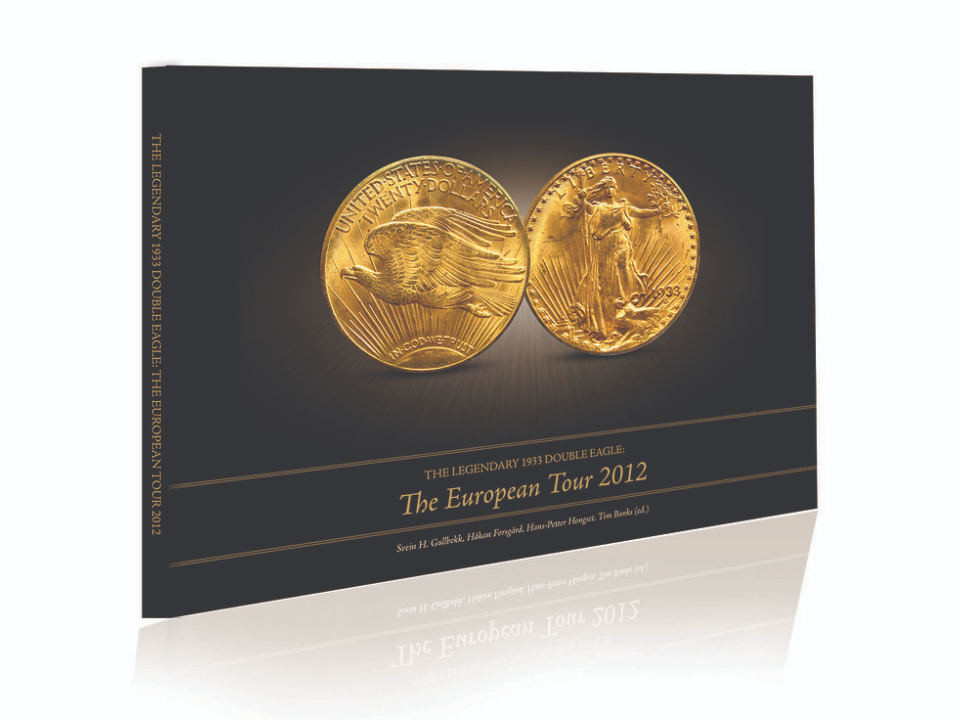
The rarity of a coin is one of the most significant factors in determining its value. Coins that were produced in limited quantities, especially those with fewer surviving examples, tend to be highly sought after by collectors. When fewer coins are available in the market, the demand typically increases, which drives the value up. For instance, rare coins like the 1933 Double Eagle often fetch astronomical prices at auctions because of their scarcity.
In addition to limited production numbers, the uniqueness of a coin can also add to its rarity. Coins with special characteristics, such as errors or unique minting processes, may be considered rarer than others of the same denomination. As a result, collectors are often willing to pay a premium for these rare items, as they are viewed as more valuable due to their distinctiveness and historical importance.
Condition

The condition, or grade, of a coin plays a crucial role in determining its value. Coins that are in excellent condition are typically worth more than those that are worn or damaged. The grading system for coins ranges from “Poor” to “Mint State,” with higher grades indicating better preservation and fewer signs of wear. Coins with sharp details, intact surfaces, and minimal scratches or discoloration are considered more desirable.
Moreover, coins that have been well-preserved often maintain their original luster, making them even more attractive to collectors. For this reason, collectors are encouraged to store coins properly to avoid any deterioration. In some cases, coins that are graded as being in “Mint State” can be worth many times more than the same type of coin in a lower grade.
Historical Significance
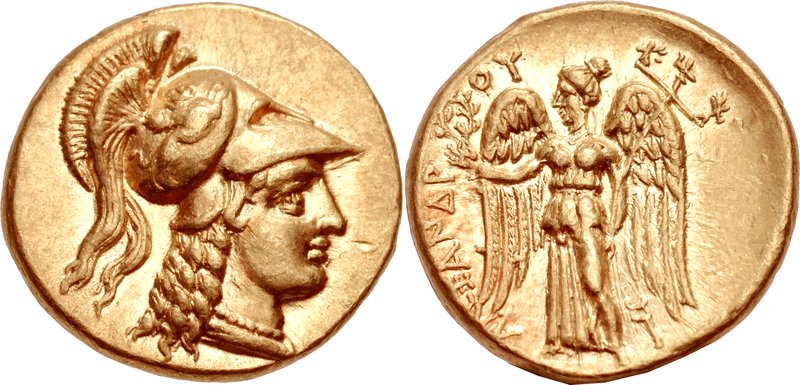
A coin’s historical significance can greatly affect its value. Coins tied to important events, famous figures, or notable periods in history are often in high demand. For example, coins minted during ancient civilizations, such as the Roman Empire, are highly sought after due to their historical importance. Similarly, coins associated with historical events like wars or major political changes tend to attract collectors who are interested in the story behind the coin.
Collectors often place a premium on coins with strong historical connections because they represent a tangible piece of history. These coins can offer insight into the cultures and economies of their time, making them valuable not only as collectibles but also as educational tools. As a result, coins with a strong historical narrative can command higher prices.
Mint Mark and Origin

The mint mark on a coin indicates where it was struck, and the location of minting can impact its value. Coins from specific mints or regions can be more desirable due to their rarity or unique qualities associated with their origin. For example, a coin struck in the United States at the San Francisco Mint may be more valuable than one struck at another location due to its limited production during certain years.
In addition, coins from certain countries or regions might carry additional prestige, which can increase their demand among collectors. For instance, coins from ancient or historic civilizations, such as Greek or Byzantine coins, are often valued higher because of their cultural and geographical significance. A coin’s place of origin often plays a part in determining its place in the broader context of numismatics.
Demand in the Market
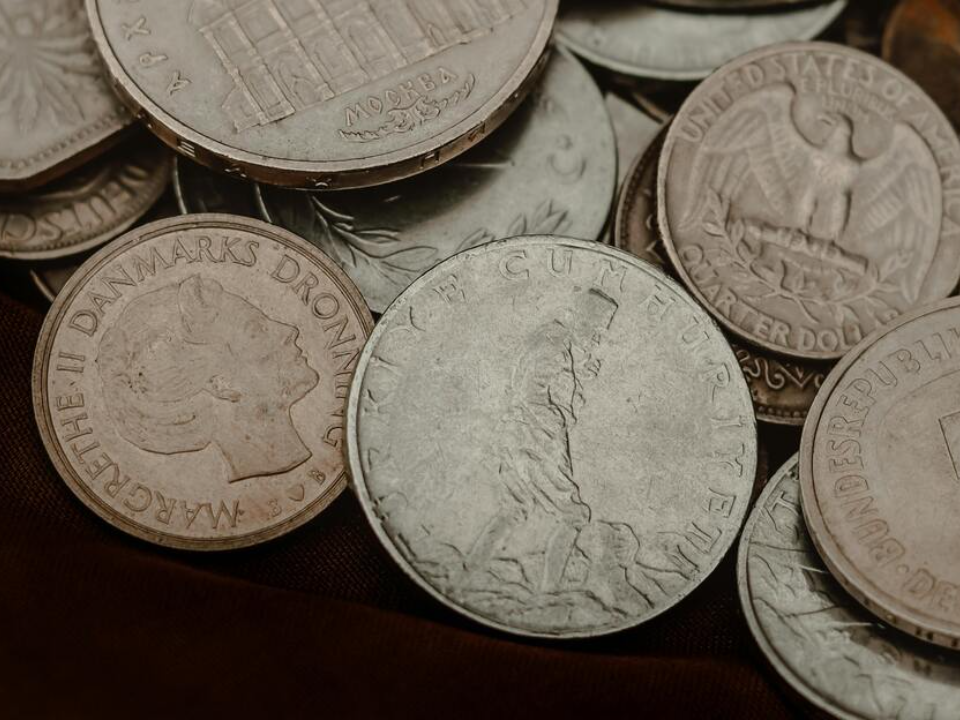
The demand for certain types of coins can fluctuate over time based on collector interest, economic factors, and trends in the numismatic world. A coin that is highly coveted today might lose its appeal in the future if collectors turn their attention elsewhere. Market trends can be influenced by factors such as the popularity of specific types of coins, historical interest, or even external events like economic crises that cause a shift in investment priorities.
For example, silver and gold coins often see a surge in demand during times of economic uncertainty, as they are viewed as stable assets. Conversely, rare and historical coins may experience bursts of interest during anniversaries or significant events related to their history. Ultimately, the market demand for coins plays a large part in determining their value, with certain periods seeing more active buying and selling than others.
Metal Compositio
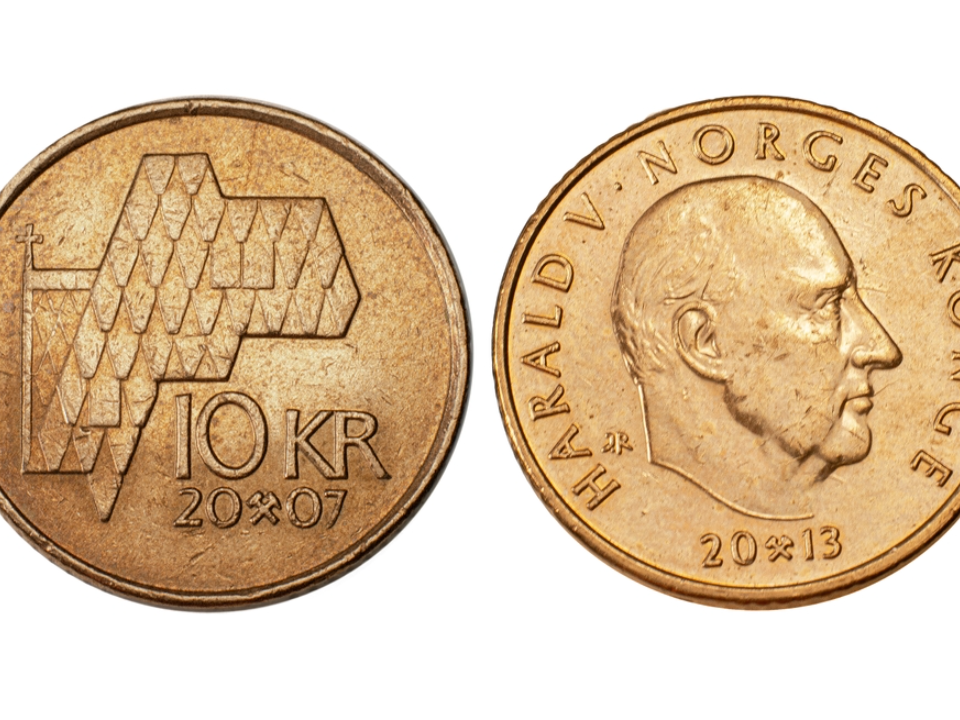
The composition of a coin, including the metals used in its creation, can influence its value. Precious metals such as gold, silver, and platinum often result in higher value for coins, especially when the coin is made from high-purity materials. For instance, a coin made from 90% silver will generally be worth more than one made from base metals, even if they have the same design and minting year.
Additionally, the purity of the metal can also impact the value. Coins made from higher-quality gold or silver may be more valuable than those with lower purity. The fluctuations in the prices of precious metals can also affect the value of a coin, as collectors may adjust their expectations based on current market conditions for these materials.
Special Editions and Variants
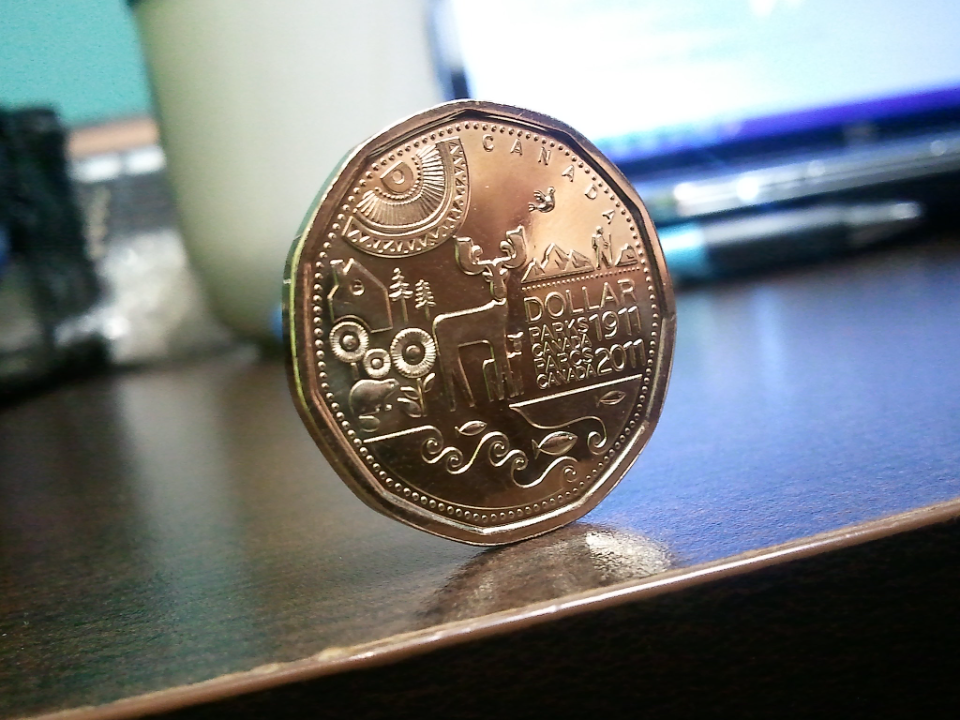
Special editions and variants of coins often hold greater value than regular issues. For example, coins that are part of a limited series or those with unique features, such as special finishes or color variations, can attract collectors who are looking for something rare. Coins produced to mark anniversaries, royal events, or other significant moments in time often come with a higher price tag due to their exclusivity.
In some cases, minting errors or misprints can make a coin especially valuable. These types of coins are often considered “flawed” but are highly sought after because of their uniqueness. Variants, such as proof coins or coins with unique patterns, can also command higher prices among collectors who want to own a one-of-a-kind item.
Age and Longevity

Older coins are often more valuable due to their age and the historical context they carry. Ancient coins or coins from earlier centuries tend to be rarer, as fewer examples have survived over time. The age of a coin can add to its charm, as collectors often value the stories and experiences that come with a piece of history.
However, age alone does not automatically increase a coin’s value. Coins that have been well-preserved over the years are much more valuable than those that have been subjected to wear and tear. The combination of age and condition is critical, as a well-preserved coin from the 18th century can be far more valuable than one from the 19th century that is in poor condition.
Coin Type and Design
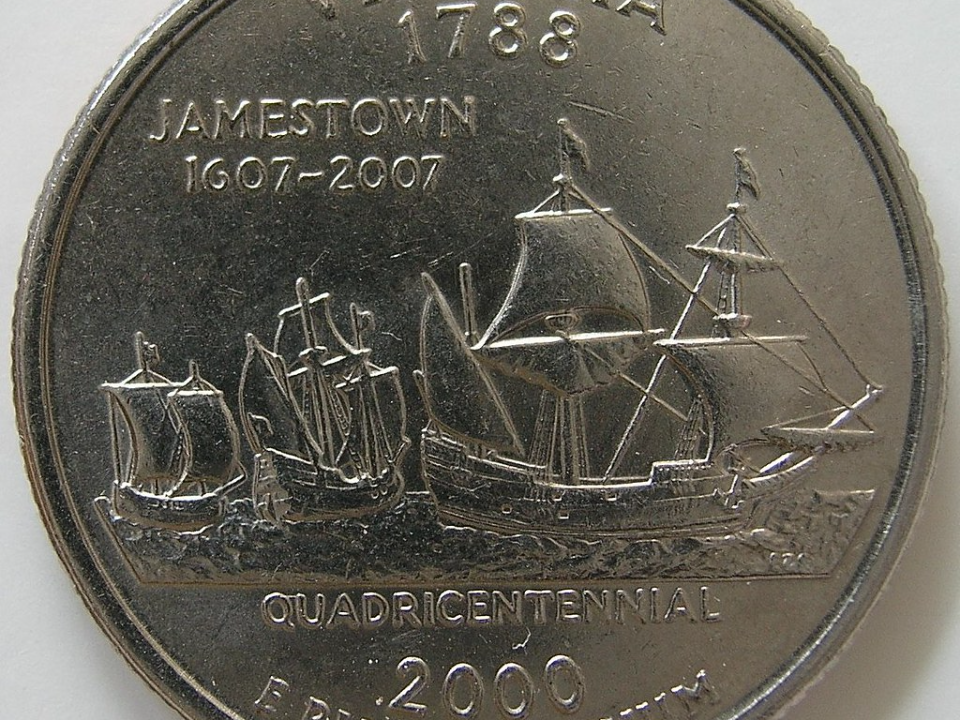
The type and design of a coin are key considerations for collectors. Some coins are more desirable due to their intricate or aesthetically appealing designs. For example, coins featuring famous historical figures or iconic symbols often attract more attention from collectors. The design can reflect the artistic skill and cultural values of the time, making these coins especially valuable.
Additionally, certain coin types, such as proof coins, commemorative coins, or bullion coins, may be more desirable than others. The unique features and intended purpose behind each type of coin can add to its appeal. Coins that are part of special sets or that have distinct features may also increase in value due to the rarity of their design.
Auction History

The auction history of a coin can also play a role in determining its value. If a coin has previously sold for a high price at a reputable auction, its value may increase as collectors view it as a high-demand item. Auction records often provide insight into the level of interest in a particular coin, and past sales can influence the asking price for future transactions.
Coins that have made headlines at major auctions can be seen as highly desirable and therefore more valuable. The excitement generated by these sales often sparks interest among collectors, leading to increased demand and higher prices. As a result, coins with significant auction histories can see their values rise over time as they become more iconic in the collecting world.
This article originally appeared on Avocadu.
